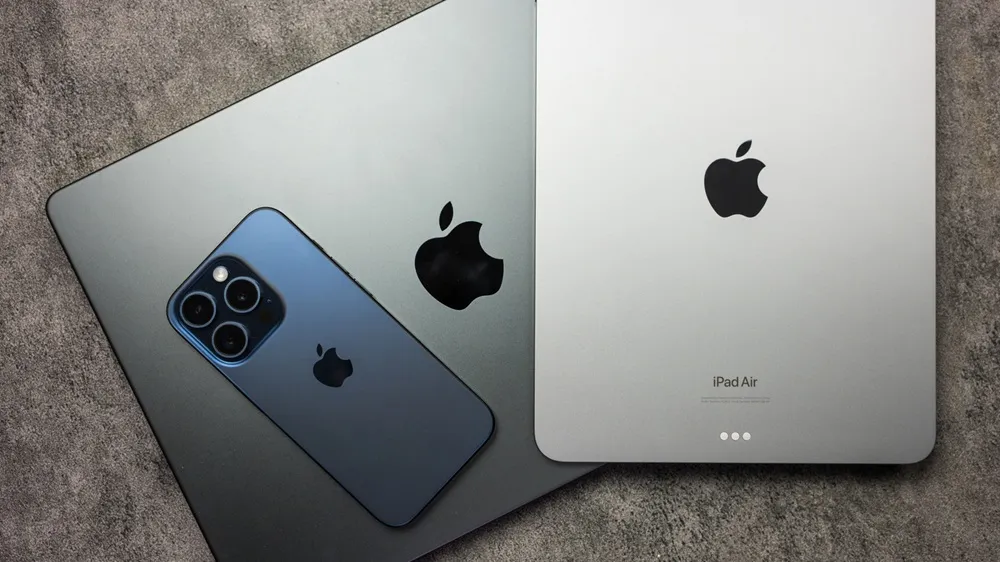
The Psychology of Persuasion: How to Win More Customers with Tech Gadgets
Let’s Talk Tech Gadgets (And Persuasion, Of Course)
Alright, buckle up. You’re here because you want to sell more Tech Gadgets—the gadgets that make people’s lives easier (or at least, cooler). But here’s the kicker: Tech Gadgets aren’t just about tech specs. They’re about you getting inside your customers’ heads and playing the persuasion game like a pro. The Psychology of persuasion? Yeah, that’s what this whole article’s about.
Fast forward past three failed attempts and a whole lotta “How do I get more sales?” questions. Now we’re diving into how to convince people to click “buy” on that shiny, new smartwatch or VR headset. Trust me, once you get the hang of this, you’ll have customers eating out of your hand—well, digitally at least.
So, What Makes People Buy Tech Gadgets Anyway?
Understanding How People Buy Tech Gadgets (It’s Weird, Right?)
Let’s be honest, the whole process of choosing Tech Gadgets can feel like a mix of excitement and confusion. You know that feeling when you buy a new gadget, and you’ve never been more unsure about your decision? But people—your customers—do it all the time. They want the newest tech, even if they’re not 100% sure it’ll make their lives better.
In a nutshell, Tech Gadgets are sold on more than just specifications. There’s a psychological pull to them, like when you need the latest phone because, well, everyone else has one. It’s more about emotions and social proof (i.e., “Everyone’s got the new iPhone, so I guess I’ll need it too”). It’s not just buying; it’s a feeling.
- Cognitive Biases – The trick to selling Tech Gadgets is understanding that people often buy based on emotions and biases, not logic.
- Emotions – The whole buying experience often triggers a deep feeling of excitement (or, let’s face it, FOMO).
- Social Proof – Let’s face it: If everyone’s posting their new gadget on Instagram, you’re probably going to want it too. That’s just how humans work.
And I gotta admit, I’ve fallen victim to this more times than I can count. My first smart speaker? Bought it because my buddy Kyle raved about his. Turns out, I use it mostly to yell at my playlists to “play something else.” The rest is history.
Building Trust: Don’t Let Your Tech Gadgets Sound Too Good to Be True
Alright, so here’s where we get serious. If your customers don’t trust you, they won’t buy. Simple as that. You can flash the newest Tech Gadgets in front of their faces, but if they don’t trust you, they’ll think you’re just another guy selling a dream. And, trust me, they won’t bite.
Trust is built on transparency, being consistent, and showing that you know your stuff. Imagine walking into a store, and the guy selling you the gadget can’t explain how it works beyond “It’s cool!” Yeah. That doesn’t exactly scream “buy me.”
Here’s how you can build that trust:
- Be Transparent – Don’t play games. Be real about what your Tech Gadgets can (and can’t) do.
- Consistency is Key – Keep delivering the same level of quality every time, so people know you’re legit.
- Show Your Authority – Have you got expert reviews? Rave about those! Post ‘em all over your product pages.
I can’t tell you how many times I’ve backed out of a gadget purchase because the brand seemed too eager to “WOW” me. Not a good look.
Cialdini’s Six Principles: How to Sell Tech Gadgets Like a Master
You know who gets it? Robert Cialdini. The guy wrote the book (literally) on persuasion. In Influence: The Psychology of Persuasion, Cialdini drops six principles that everyone in sales needs to know. And yeah, Tech Gadgets aren’t immune to these. Let’s break it down.
1. Reciprocity: Gimme, Gimme, Gimme (Wait, You’ll Give Me Something, Too?)
I learned this the hard way. I was once at a booth for some new noise-cancelling headphones (you know, the ones that claim to transport you to a “different dimension”). The guy at the booth handed me a free pair of cheap earbuds as a “thank you” for stopping by. Next thing I know, I’m buying $300 headphones I didn’t even know I needed. Funny how that works, right?
Tech Gadgets thrive on this. Give something, get something back. It’s the Psychology of reciprocity. People want to return favors—so if you give them a taste of your best, they’re more likely to come back for more.
How to Apply It:
- Offer free trials. Not just any trial, make it a no-strings-attached kinda deal.
- Give out valuable resources. Maybe a free ebook on how to use the Tech Gadgets most effectively.
2. Commitment and Consistency: The Sneaky Way to Build a Customer Base
Here’s the thing: Once a customer makes a small commitment (like signing up for a newsletter), they’re more likely to follow through with something bigger (like buying that $200 tablet). It’s the Psychology of consistency.
How to Make It Work for You:
- Encourage small, easy actions. “Sign up for our newsletter to hear about the next-gen Tech Gadgets.”
- Make it easy for customers to become loyal by giving them incentives for repeat purchases.
3. Social Proof: Everyone’s Doing It (Seriously)
There’s a reason why social media influencers are the marketing gold standard. Humans are social creatures. We like to know what others are doing before we take the plunge. Tech Gadgets? People want to know who else has them, and what they think.
How to Apply It:
- Customer reviews are a no-brainer here. Put them front and center.
- Let influencers and satisfied customers share their experiences online. Heck, make a video of someone unboxing your latest Tech Gadgets.
4. Authority: Become the Expert in Tech Gadgets
Look, no one’s gonna take tech advice from someone who barely knows what a USB port is. If you want to sell Tech Gadgets, you’ve gotta be an authority. People trust experts. So if you’re selling the latest Tech Gadgets, you better sound like you know exactly what you’re talking about.
How to Apply It:
- Create helpful content about your Tech Gadgets—like tutorials or in-depth reviews.
- Team up with experts to review your products or showcase your tech’s legitimacy.
5. Liking: People Buy From People They Like (Go Figure)
It’s simple—people don’t want to buy from a faceless brand. They want to buy from you. If they like you, they’ll buy your Tech Gadgets. Simple as that.
How to Apply It:
- Be personable. Reply to customer reviews and comments with genuine enthusiasm.
- Make your branding human. Show some personality in your ads and website copy.
6. Scarcity: Limited Edition? Sign Me Up
Ever notice how something’s more tempting when it’s running out of stock? Yep, that’s scarcity at work. The Psychology of scarcity makes people act quickly because they don’t want to miss out on something they perceive as rare or special.
How to Apply It:
- Use limited-time offers. Make them feel like they’ll miss out on that last shiny gadget if they wait.
- Highlight how few products are left in stock. You know, just a little “Hey, hurry up!”
How to Persuade the Skeptical Buyer
1. Get Over the Hurdles
Sometimes, the most skeptical customers are just waiting for one reason to believe in your Tech Gadgets. Address those doubts upfront.
How to Apply It:
- Make your return policies clear. No one wants to risk buying a gadget they’ll regret in 48 hours.
- Offer money-back guarantees. Trust me, it’ll calm their nerves.
2. Overcoming Objections Like a Pro
You know what’s worse than getting rejected? Not getting rejected at all. Yeah, the worst customers are the ones who are on the fence, but still, there’s hope. Use those objections as a way to guide the conversation and win them over.
How to Apply It:
- Use FAQs or live chats to address concerns in real-time.
- Be genuine. Don’t dodge questions—people respect honesty.
Wrapping It Up (Finally)
So, yeah. The Psychology of selling Tech Gadgets is a delicate balance of emotional appeals, social proof, and just enough clever manipulation to get people to hit that “buy now” button. I mean, come on—if my favorite coffee shop can get me to buy an overpriced mug just because it’s “limited edition,” there’s a lot of persuasion at play.
The best part? You don’t need to be a mind reader to make this work. Apply these principles, and you’ll be well on your way to winning more customers. After all, in the world of Tech Gadgets, a little Psychology goes a long way.

